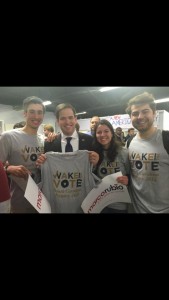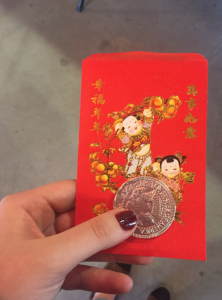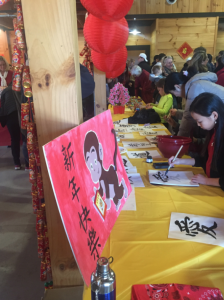Anita Patel, junior at Wake Forest University, was looking for a close-knit group that not only embraced her personality, but also her own ethnic background, which she found in Delta Xi Phi, the only recognized multicultural sorority on campus. “I joined DXP because I was looking for a sisterhood.”
Delta Xi Phi, originally founded in 1994 at the University of Illinois Champaign-Urbana, opened its first chapter at WFU on December 17th, 2011. The sorority supports five main pillars: awareness of multiculturalism, advancement of women through higher education, sisterhood, friendship and community service. There are currently nine active members, each with their own unique backgrounds.
“Delta Xi Phi was a safe space where my ethnic background was embraced, not overshadowed,” says Patel. She explains that DXP’s multiculturalism does not just extend to the concept of race. The sorority both exhibits and promotes the diversity of culture in the sense of its members’ further intersectional identities of ethnicity, gender, sexuality and socioeconomic status.
Lizbeth Robledo, a sophomore at WFU who joined DXP in fall of 2015, shares how she has gotten the opportunity to learn from her sisters and their various cultures, and how much she appreciates their diversity. She says she has learned more about the Muslim, Italian, Indian, and Jamaican cultures of her sisters since joining DXP. According to Robledo, it was important for her to be part of a group where she didn’t need to change herself, and one she felt was inclusive of everyone.
DXP held its spring recruitment events last week. DXP holds a weeklong recruitment process with events geared towards bonding and getting to know the current sisters and potential members. The events included cheering Wake on at a basketball game, mindful coloring and tea, crafting, smoothies and a movie night. If potential members attended at least two events, they would receive an application.
When comparing DXP’s recruitment with traditional sorority rush on campus, Patel says, “I didn’t want to experience rush, and honestly, I don’t think I would have done well in the process.”
Jennifer Daye, sophomore at WFU who attended DXP’s recent recruitment, says that it was important to her to meet people from different backgrounds she could learn from. She says that multiculturalism on a campus like Wake is very important and believes that WFU needs more diversity and a stronger sense of cultural awareness. Daye says she looks forward to joining what she describes as a strong sisterhood.
DXP is looking to expand its membership in the coming years and continue its mission to spread multicultural awareness on Wake’s campus. In describing the sorority’s impact on her life, Patel summarizes that “DXP has bettered me as a person, challenged me as a person, and given me the lens to view things with an open mind.”








